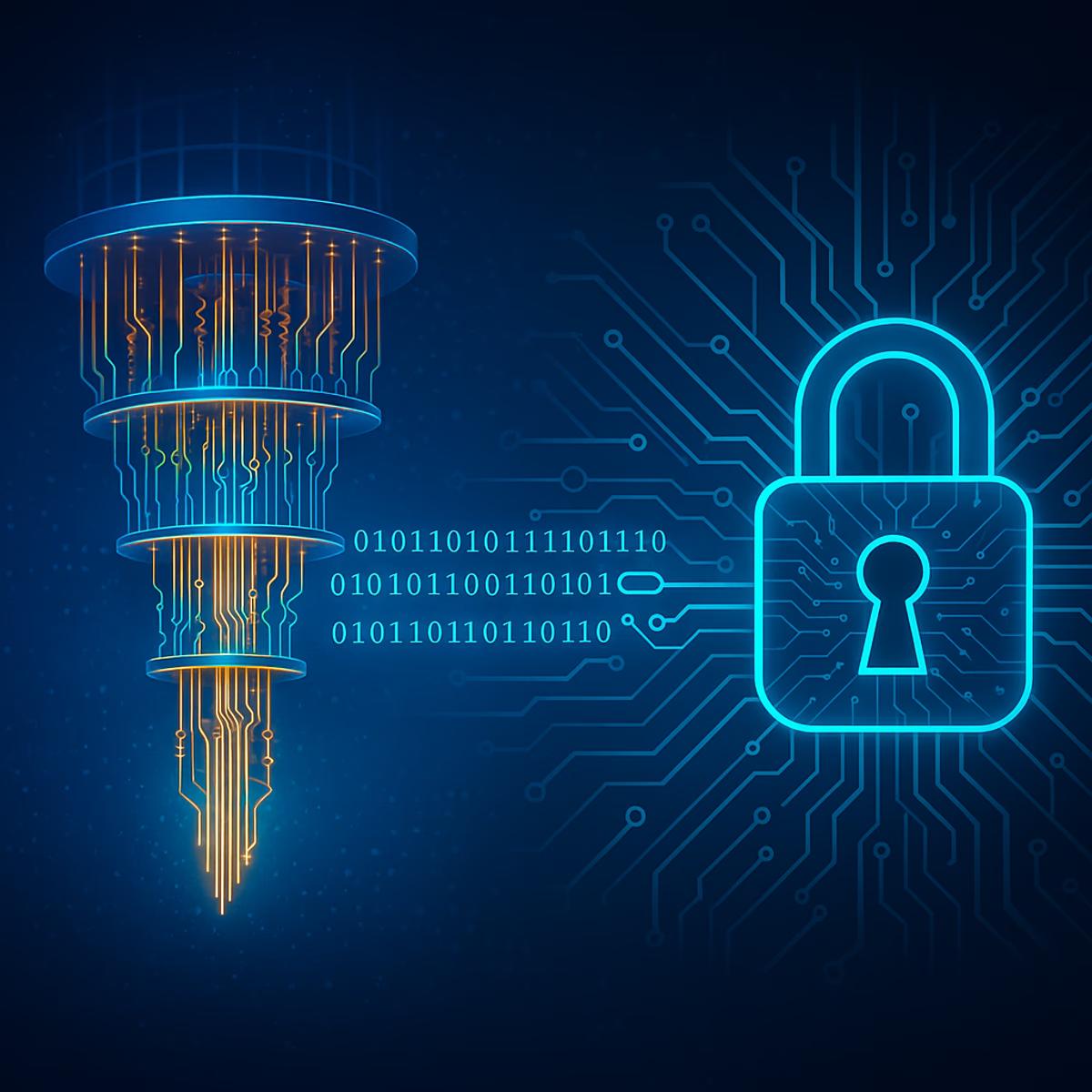Quantum computing, previously a conceptual notion, is progressing at a lightning speed and raises serious issues for cyber security. Its unmatched processing power can crack existing encryption techniques, and hence there is a need to be proactive in protecting digital assets. Diffie-Hellman, ECC & RSA are conventional encryption algorithms that are the basis of security in digital communication. They are based on computationally infeasible mathematical problems for the conventional computer. These computers, with the entanglement and superposition principle, can solve them exponentially faster. Shor's algorithm, for example, allows quantum computers to factor big numbers efficiently, making RSA encryption vulnerable. This can undermine anything ranging from personal information to national security data. One of the major issues is the "Harvest Now, Decrypt Later" model. Attackers collect encrypted data today hoping to decrypt it by taking advantage of future quantum capability. This model undermines long-term confidentiality, particularly for sensitive data that needs to be kept confidential for extended durations. The figure 1 clearly jotted down all the points related with quantum threat.

Figure 1: Quantum Threats
The table 1 given below clearly exhibiting and recognizing the impending threat, governments and organizations worldwide are investing in quantum-safe technologies:
Table 1: Quantum Safe Technology World initiatives
|
Country |
Agency / Organization |
Initiative |
Objective |
Funding / Status |
|
India |
ISRO & DRDO |
Development of quantum‑secure communication network (entanglement‑based QKD) |
Secure civilian and defense communications via quantum channels |
Demonstrated free‑space secure links (300 m & >1 km) as part of a three-tier strategy |
|
United Kingdom |
UK Government |
Over £500 million investment in quantum computing over next 4 years |
Build sovereign quantum computing capabilities to enhance national security |
Committed £500m+ (£670m total over 10 yrs) to National Quantum Computing Centre and related hubs |
|
United States |
NIST (National Institute of Standards & Technology) |
Finalizing and advising adoption of post‑quantum cryptographic standards |
Enable proactive transition to quantum‑resistant algorithms |
Released first 3 PQC standards in Aug 2024 and urges immediate migration |
Post-Quantum Cryptography: Building Resilience
To counter quantum threats, researchers are developing post-quantum cryptographic (PQC) algorithms designed to withstand quantum attacks. These include:
Lattice-Based Cryptography: Utilizes complex lattice structures, offering strong security foundations.
- Hash-Based Cryptography: Relies on the robustness of hash functions, providing simplicity and security.
- Code-Based Cryptography: Employs error-correcting codes, a well-established method with proven resilience.
NIST's standardization efforts are central to guiding the adoption of these algorithms.
Quantum Key Distribution: A Paradigm Shift
Beyond PQC, Quantum Key Distribution (QKD) offers a revolutionary approach by leveraging quantum mechanics to secure key exchange. QKD ensures that any eavesdropping attempt alters the quantum state, alerting parties to potential breaches .
Preparing for the Quantum Era
Organizations must act now to mitigate quantum-related risks:
- Inventory Cryptographic Assets: Identify and assess current encryption methods in use.
- Adopt PQC Algorithms: Transition to quantum-resistant algorithms as they become standardized.
- Monitor Developments: Stay informed about advancements in quantum computing and related cyber security measures.
Quantum computing is transforming from theory to fact at breakneck pace, and with it comes unparalleled potential and great threats to cyber security. Because quantum computers have the potential to break traditional encryption methods, securing digital assets has never mattered more. Governments and organizations around the world are responding with significant investment in quantum-resistant technologies and post-quantum cryptographic standards development. The deployment of strong algorithms and the exploration of quantum key distribution are essential steps toward future-proofing confidential information. But transitioning to quantum-resistant security is not immediate. Proactive preparedness—through asset inventory, algorithm migration, and continuous monitoring of technology advancements—is required. By acting now, stakeholders can safeguard confidentiality and integrity of digital communications in the quantum age and turn a pending threat into a catalyst for more secure, more resilient cyber security.

